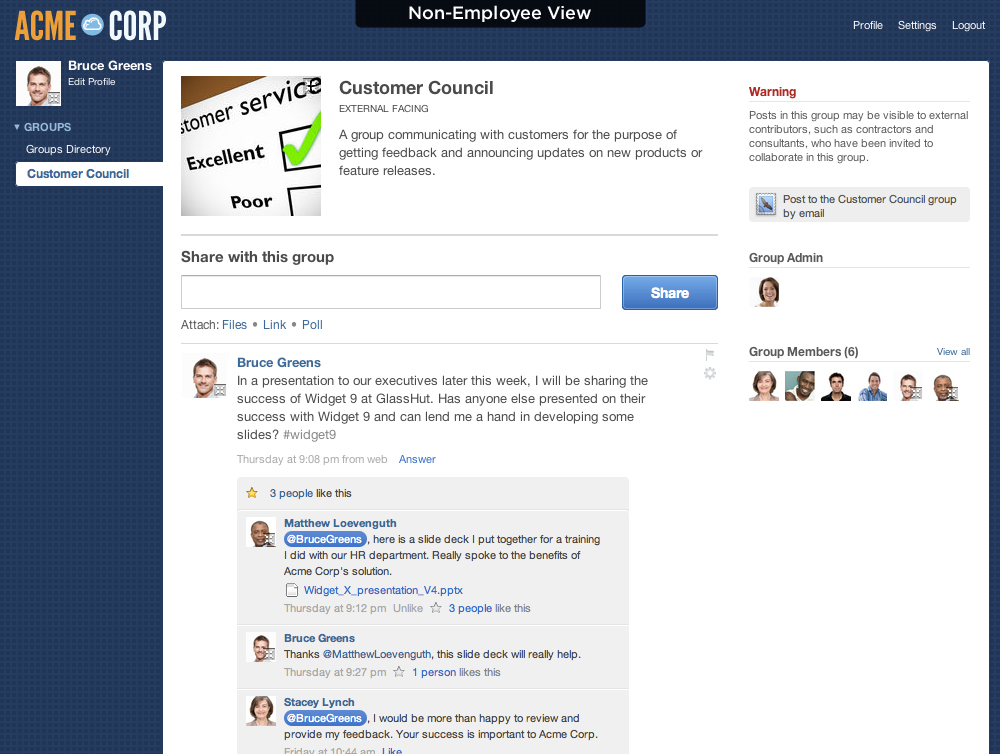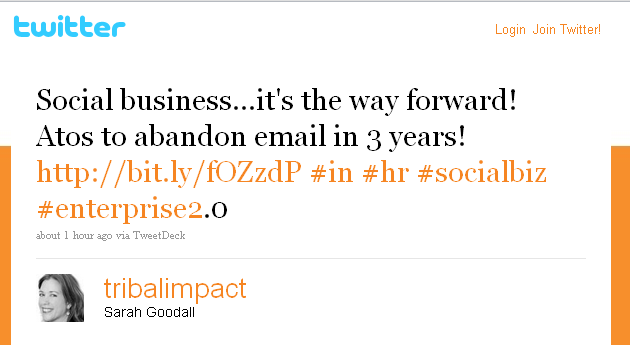Could Facebook become 'Facebook for the enterprise?'
Last week and sort of quietly, Facebook announced the introduction of Groups for Schools, a collection of new features aimed at its original user base - colleges and college students. The Groups for Schools feature allows easier creation and joining of Facebook groups for those users with an active .edu email address, the domain most commonly associated with US-based colleges and universities. Updates posted in the Groups for Schools groups section for a given college will only be visible to other students who’ve also authenticated through their .edu email address. The Groups for Schools capability is a bit of a return to the original intent and use of Facebook, a platform for students to connect, share information about classes and other events, all in a more low-key and not-so-public way.  Source - Facebook. Click for larger image.
Source - Facebook. Click for larger image.
But a more interesting development than the organization and security aspects of Groups for Schools, is that in these groups Facebook will also support uploading and sharing of files up to 25 MB in size with other group members. Groups For Schools users can click an “Upload File” button above the news feed. Notable, Facebook will not permit .EXE files to be uploaded to prevent malicious programs from going viral. Other groups members will be able to download the files directly from the news feed. To avoid legal issues, Facebook plans to monitor for and to disallow the upload of copyrighted files, so college students can't try to use the platform as a source for MP3s and other protected files.
Facebook originally started on its remarkable growth trajectory beyond Harvard by rolling out to other colleges, and then the network eventually opened up to the general public. Similarly, if Groups for Schools is successful, and Facebook sees increased engagement levels as a result of the file sharing capability, then it is not at all unlikely that Facebook Groups For Businesses or Organizations could follow. The ability to create a private, company-based group, (validated by company email addresses), with the added ability to upload and share files to group members, and to engage in an ongoing conversation about the files and the comments about those files, heck that sounds like the use case for about 90% of email-based enterprise collaboration today.
If Facebook were to launch more advanced enterprise-like collaborative features right inside the network, it could mean interesting times ahead for solutions like Yammer and perhaps even Jive. Sure, you can argue with me and claim that these more advanced, enterprise solutions have lots more capability than a simple news feed and the ability to upload files, and while that is true, there is also something they don't have.
They're not called Facebook. And I would bet that there would be some advantage to the potential adoption rates of a new collaborative tool at work if that tool was already used by 95% of the staff before the project even started.
What do you think - do you see Facebook even being interested in more 'internal' enterprise networking?
Would you use Facebook at work to collaborate with your team?

 Steve
Steve



